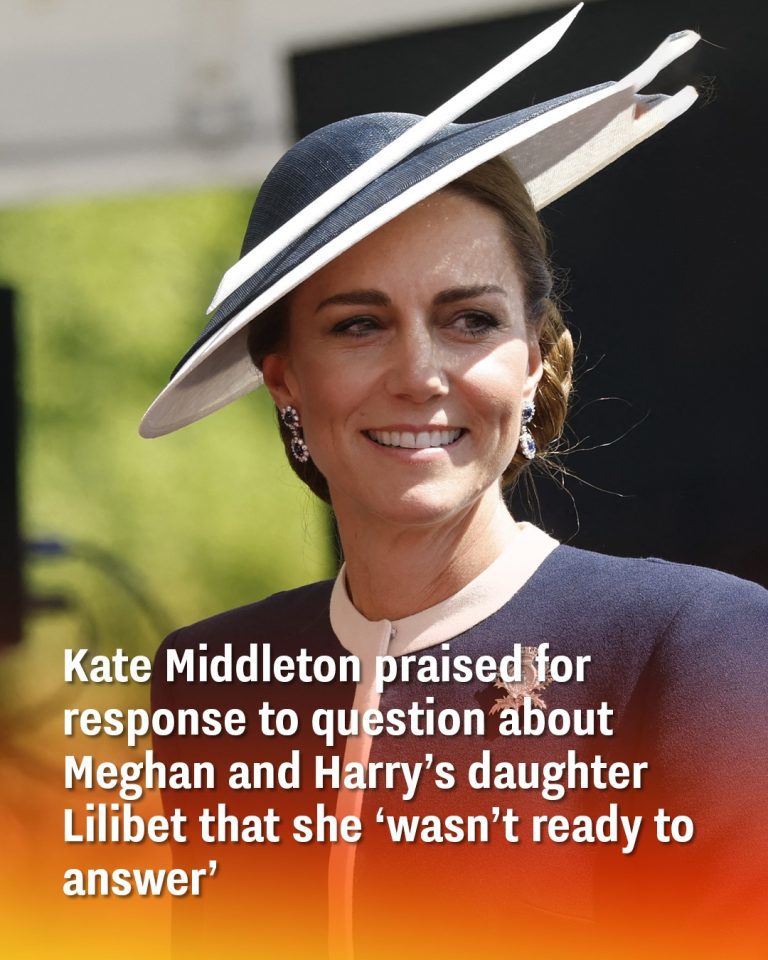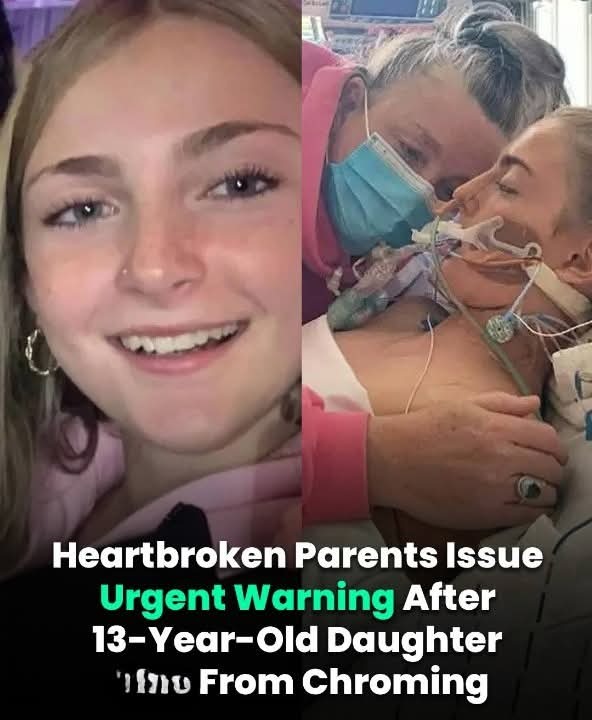Expert reveals the only two places you would be safe in nuclear war that might surprise you
As global tensions rise, fears of nuclear conflict have intensified. Recent US missile strikes on Iranian nuclear sites and Israel-Iran clashes have heightened concerns about potential escalation, despite current ceasefire agreements.
According to investigative journalist Annie Jacobsen, Australia and New Zealand may be the safest places if nuclear war erupts. She cites their Southern Hemisphere location and ability to sustain agriculture when other regions face catastrophic climate effects.
Jacobsen, appearing on *The Diary of a CEO* podcast, explained that nuclear winter would devastate farmland in the Northern Hemisphere, causing mass starvation. Radiation would also force survivors underground—except in Australia and New Zealand, where food production might remain viable.
Referencing a 2022 study by Professor Owen Toon, Jacobsen warned that nuclear war could kill 5 billion people globally. Only 3 billion might survive, with Australia and New Zealand offering the best chances due to their isolation from major nuclear powers.
In the US, safety depends on location. *Newsweek* analyzed missile silo targets, identifying northeastern and southeastern states as lower-risk areas. Strikes on silos in central states would cause massive destruction, making coastal regions relatively safer.
Jacobsen’s grim predictions highlight the long-term consequences of nuclear conflict: collapsed food systems, uninhabitable zones, and societal breakdown. However, she emphasizes that prevention remains crucial to avoiding this apocalyptic scenario.
While the discussion offers survival insights, experts stress that diplomacy—not geography—is humanity’s best defense against nuclear catastrophe. The recent Middle East ceasefire demonstrates that de-escalation is possible, even amid high tensions.





